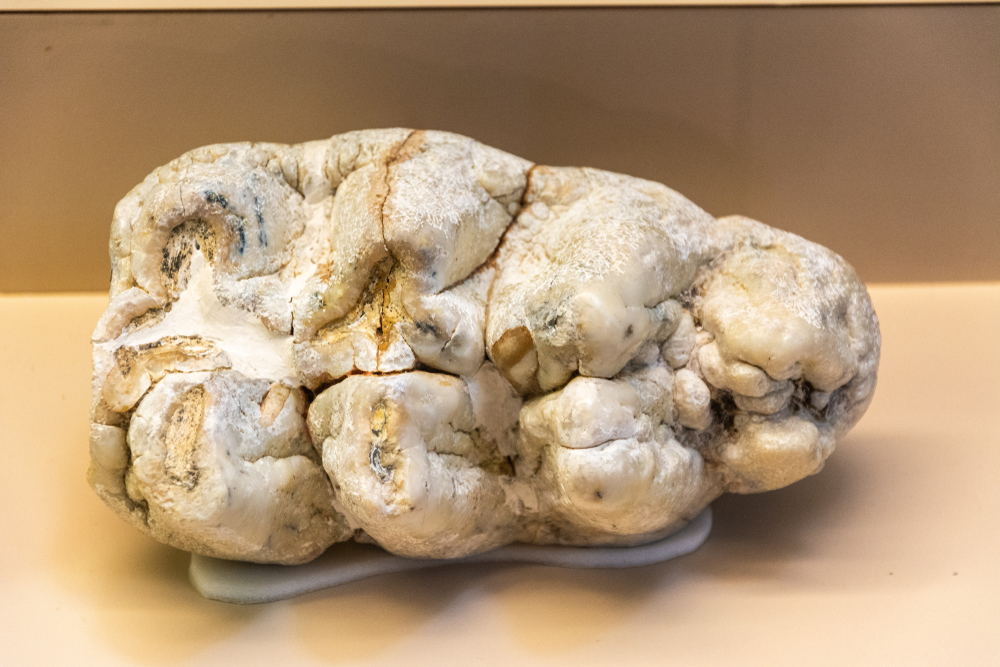Fred Schulte, KFF Health NewsA western New York health insurance provider for seniors and the CEO of its medical analytics arm have agreed to pay a total of up to $100 million to settle Justice Department allegations of fraudulent billing for health conditions that were exaggerated or didn’t exist.
Independent Health Association of Buffalo, which operates two Medicare Advantage plans, will pay up to $98 million. Betsy Gaffney, CEO of medical records review company DxID, will pay $2 million, according to the settlement agreement. Neither admitted wrongdoing.
“Today’s result sends a clear message to the Medicare Advantage community that the United States will take appropriate action against those who knowingly submit inflated claims for reimbursement,” Michael Granston, a DOJ deputy assistant attorney general, said in announcing the settlement on Dec. 20.
Frank Sava, a spokesperson for Independent Health, said in a statement: “The assertions by the DOJ are allegations only, and there has been no determination of liability. This settlement is not an admission of any wrongdoing; it instead allows us to avoid the further disruption, expense, and uncertainty of litigation in a matter that has lingered for over a decade.”
Under the settlement, Independent Health will make “guaranteed payments” of $34.5 million in installments from 2024 through 2028. Whether it pays the maximum amount in the settlement will depend on the health plan’s financial performance.
Michael Ronickher, an attorney for whistleblower Teresa Ross, called the settlement “historic,” saying it was the largest payment yet by a health plan based solely on a whistleblower’s fraud allegations. It also was one of the first to accuse a data mining firm of helping a health plan overcharge.
The settlement is the latest in a whirl of whistleblower actions alleging billing fraud by a Medicare Advantage insurer. Medicare Advantage plans are private health plans that cover more than 33 million members, making up over half of all people eligible for Medicare. They are expected to grow further under the incoming Trump administration.
But as Medicare Advantage has gained popularity, regulators at the federal Centers for Medicare & Medicaid Services have struggled to prevent health plans from exaggerating how sick patients are to boost their revenues.
Whistleblowers such as Ross, a former medical coding professional, have helped the government claw back hundreds of millions of dollars in overpayments tied to alleged coding abuses. Ross will receive at least $8.2 million, according to the Justice Department.
Ross said that CMS “created a bounty” for health plans that added medical diagnosis codes as they reviewed patients’ charts — and whether those codes were accurate or not “didn’t seem to bother some people.”
“Billions of dollars are being paid out by CMS for diagnoses that don’t exist,” Ross told KFF Health News in an interview.
Data Mining
DOJ’s civil complaint, filed in September 2021, was unusual in targeting a data analytics venture — and its top executive — for allegedly ginning up bogus payments.
DxID specialized in mining electronic medical records to capture new diagnoses for patients — pocketing up to 20% of the money it generated for the health plan, according to the suit, which said Independent Health used the firm from 2010 through 2017. DxID shut down in 2021.
Gaffney pitched its services to Medicare Advantage plans as “too attractive to pass up,” according to the Justice Department complaint.
“There is no upfront fee, we don’t get paid until you get paid and we work on a percentage of the actual proven recoveries,” Gaffney said, according to the complaint. Timothy Hoover, an attorney for Gaffney, said in a statement that the settlement “is not an admission of any liability by Ms. Gaffney. The settlement simply resolves a dispute and provides closure to the parties.”
‘A Ton of Money’
CMS uses a complex formula that pays health plans higher rates for sicker patients and less for people in good health. Health plans must retain medical records that document all diagnoses they highlight for reimbursement.
Independent Health violated those rules by billing Medicare for a range of medical conditions that either were exaggerated or not supported by patient medical files, such as billing for treating chronic depression that had been resolved, according to the complaint. In one case, an 87-year-old man was coded as having “major depressive disorder” even though his medical records indicated the problem was “transient,” according to the complaint.
DxID also cited chronic kidney disease or renal failure “in the absence of any documentation suggesting that a patient suffered from those conditions,” according to the complaint. Past conditions, such as heart attacks, that required no current treatment, also were coded, according to the DOJ.
The suit alleges that Gaffney said renal failure diagnoses were “worth a ton of money to IH [Independent Health] and the majority of people (over) 70 have it at some level.”
Ross filed the whistleblower case in 2012 against Group Health Cooperative in Seattle, one of the nation’s oldest managed-care groups.
Ross, a former medical coding manager there, alleged that DxID submitted more than $30 million in disease claims — many of which were not valid — on behalf of Group Health for 2010 and 2011. For instance, Ross alleged that the plan billed for “major depression” in a patient described by his doctor as having an “amazingly sunny disposition.”
Group Health, now known as the Kaiser Foundation Health Plan of Washington, denied wrongdoing. But it settled the civil case in November 2020 by agreeing to pay $6.3 million. The DOJ filed a second complaint in 2021, against Independent Health, which also used DxID’s services.
Ross said she lost her job after her suit became public in 2019 and was unable to secure another one in the medical coding field.
“It was rough at times, but we got through it,” she said. Ross, 60, said she is now “happily retired.”
False Claims
Whistleblowers sue under the False Claims Act, a federal law dating to the Civil War that allows private citizens to expose fraud against the government and share in any recovery.
At least two dozen such suits, some dating to 2009, have targeted Medicare Advantage plans for overstating the severity of medical conditions, a practice known in the industry as “upcoding.” Previous settlements from such suits have totaled more than $600 million.
The whistleblowers have played a key role in holding health insurers accountable.
While dozens of CMS audits have concluded that health plans overcharged the government, the agency has done little to recoup money for the U.S. Treasury.
In a surprise action in late January 2023, CMS announced that it would settle for a fraction of the estimated tens of millions of dollars in overpayments uncovered through its audits dating to 2011 and not impose major financial penalties on health plans until a round of audits for 2018 payments, which have yet to be done. Exactly how much plans will end up paying back is unclear.
“I think CMS should be doing more,” said Max Voldman, an attorney who represents Ross.
KFF Health News is a national newsroom that produces in-depth journalism about health issues and is one of the core operating programs at KFF—an independent source of health policy research, polling, and journalism. Learn more about KFF.
USE OUR CONTENT
This story can be republished for free (details).


























